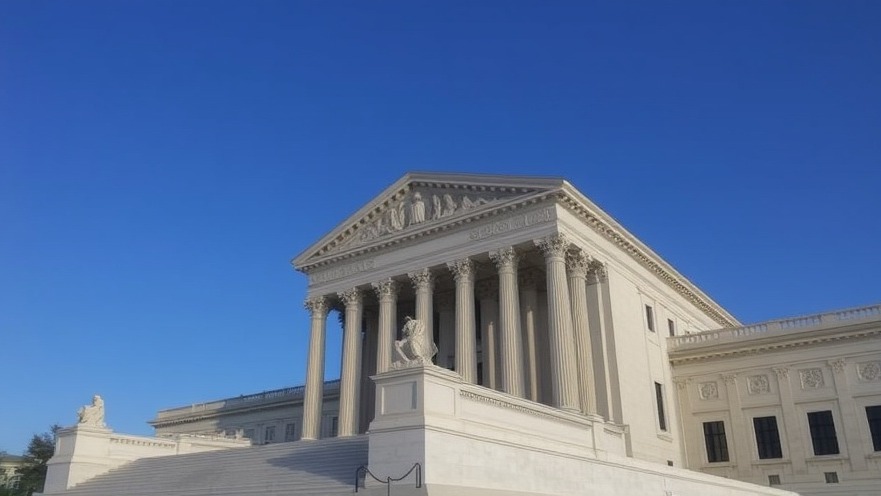
Three Years After Roe v. Wade: A New Reality
As of 2023, it's been three years since the Supreme Court's landmark decision to overturn Roe v. Wade, which historically protected women's rights to abortion across the United States. The ruling, a seismic shift in the legal landscape surrounding reproductive health, gave individual states the power to enact their own abortion laws. This shift has drastically altered the landscape for women seeking abortion services, leading to significant increases in certain demographics seeking these services.
The Landscape of Abortion Post-Roe
Following the overturning of Roe v. Wade, many states have opted for stricter regulations, pushing women to seek medical help in states where abortion remains accessible. Statistics show a notable rise in the number of abortions being performed, indicating a complex situation where demand has seemingly outstripped the available legal avenues. For example, data suggests that women are traveling to states with fewer restrictions, such as California and New York, leading to an increase in outpatient clinics and enhanced resources to accommodate this influx.
Insights from Experts on the Current State
Julie Rovner, chief Washington correspondent for KFF Health News, emphasizes the importance of maintaining open dialogues around access to abortion services. "It’s crucial for us to understand that in states where abortion is banned, we must look deeper into the reasons women continue to seek these procedures," she explained. This highlights the need for further research and understanding of women's healthcare rights beyond mere legislation.
The Backlash and Obstacles
Despite the increase in demand for abortions, the backlash against women's health rights remains strong. States that have imposed strict bans often face legal challenges, leading to a patchwork environment of laws that confuse and complicate patient access. Activists argue that these actions do not consider the health implications for women, resulting in a divisive debate that continues to evolve.
Societal Impact: A Growing Divide
The social divide on the issue of abortion has grown more pronounced in recent years. Within communities, tensions arise as personal beliefs clash with legal constraints imposing restrictions on women's rights. Public discourse frames abortion not merely as a healthcare issue but also as a social and moral one, causing community divisions that influence political landscapes and voter registrations alike.
What the Future Holds: Predictions and Trends
Looking ahead, analysts suggest that the landscape of abortion access in the U.S. may continue to evolve with the changing political tides. Some states may see a loosening of restrictions depending on shifts in governance, while others may double down on stringent policies. This fluid situation calls for vigilance in advocacy and an examination of how policies are shifting based on public sentiment and demographic changes.
Voice for Change: The Role of Activism
Advocacy groups have stepped up efforts to ensure that women's rights to choose continue to receive attention in the national conversation. Organizations are rallying support to counteract restrictive laws, providing resources, information, and support networks to those affected by changing laws. This grassroots movement exemplifies the powerful influence of collective voices willing to fight for reproductive rights.
Conclusion: Why Staying Informed Matters
As we reflect on the significant changes to abortion rights in the U.S., it’s essential to remain informed and engaged. The complexity of this issue not only intersects with healthcare access but also with broader societal values. Recognizing the diverse perspectives and the evolving landscape empowers individuals to participate meaningfully in the dialogue surrounding reproductive health rights.
 Add Element
Add Element  Add Row
Add Row 



Write A Comment